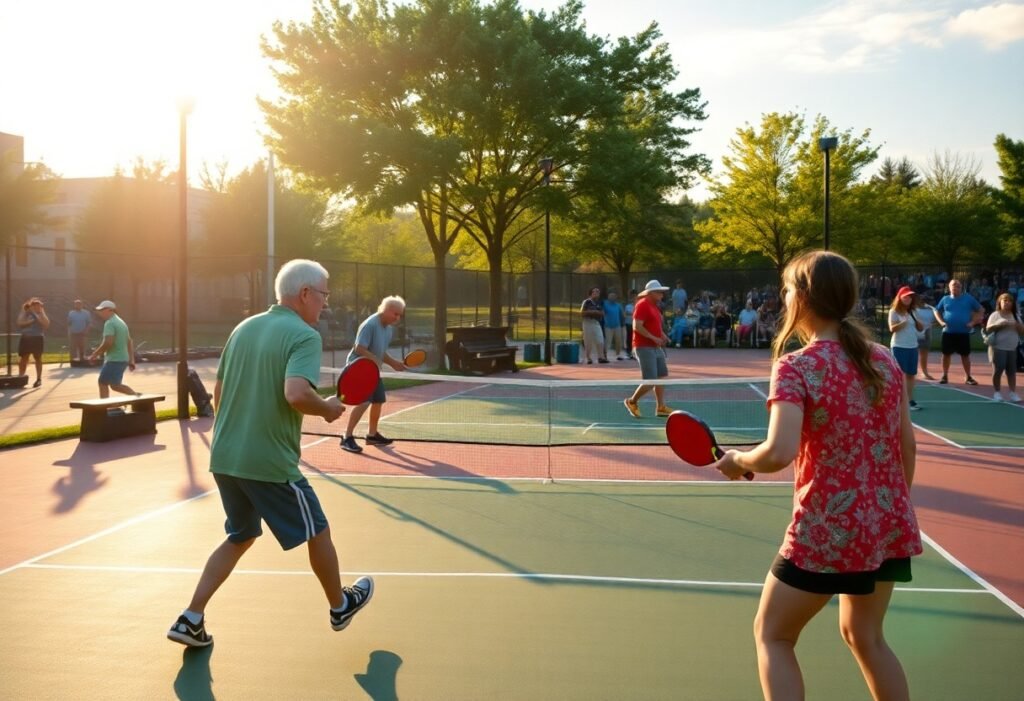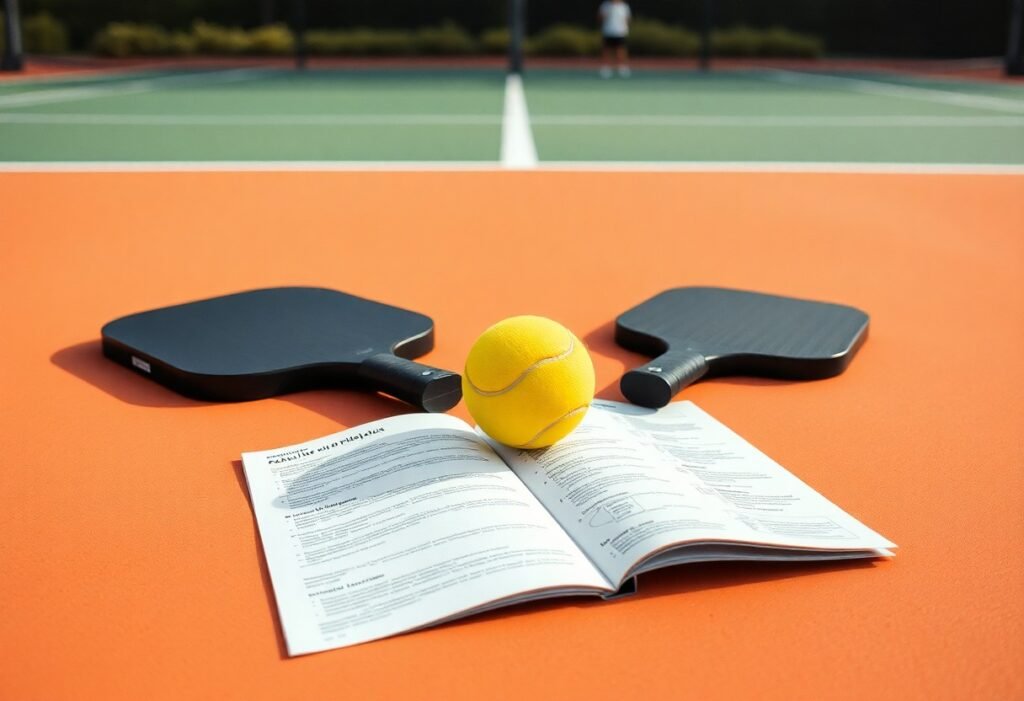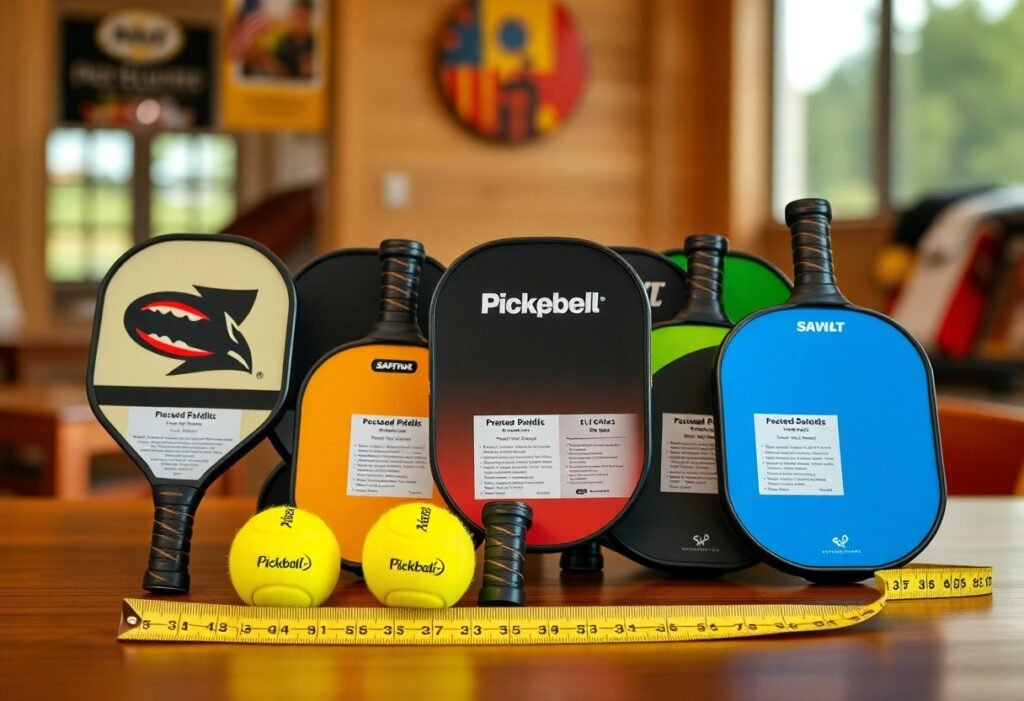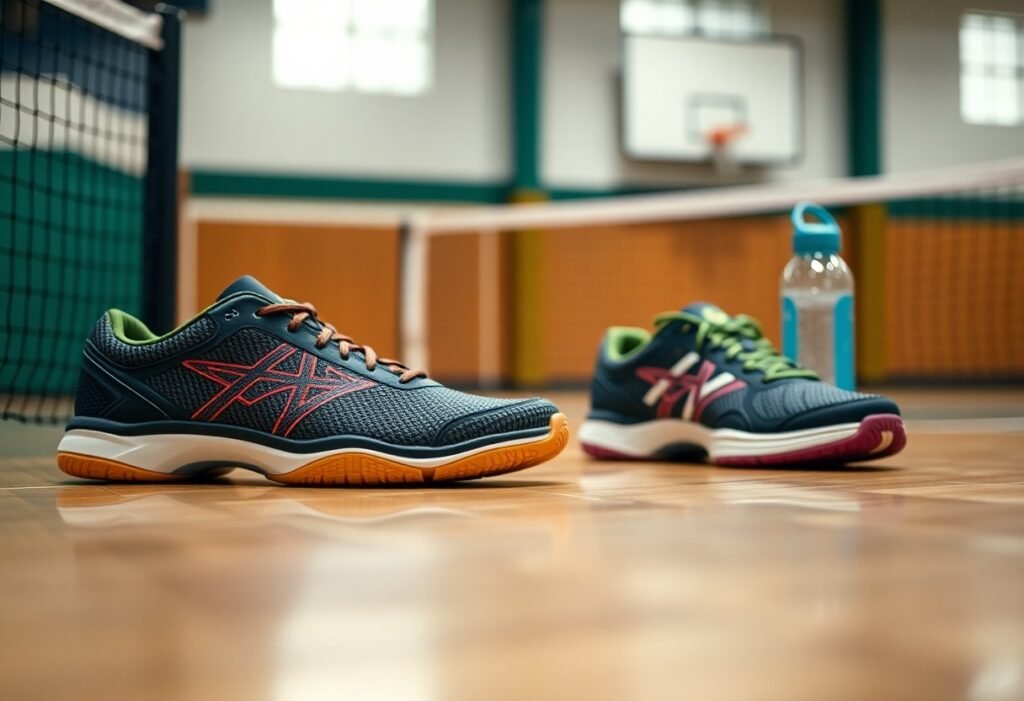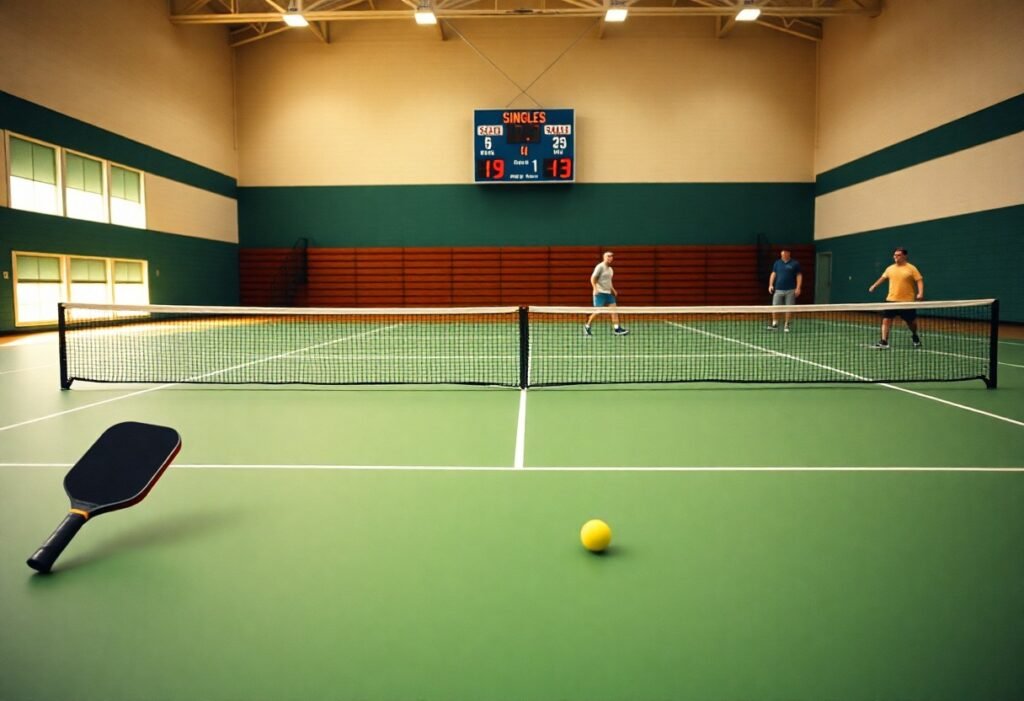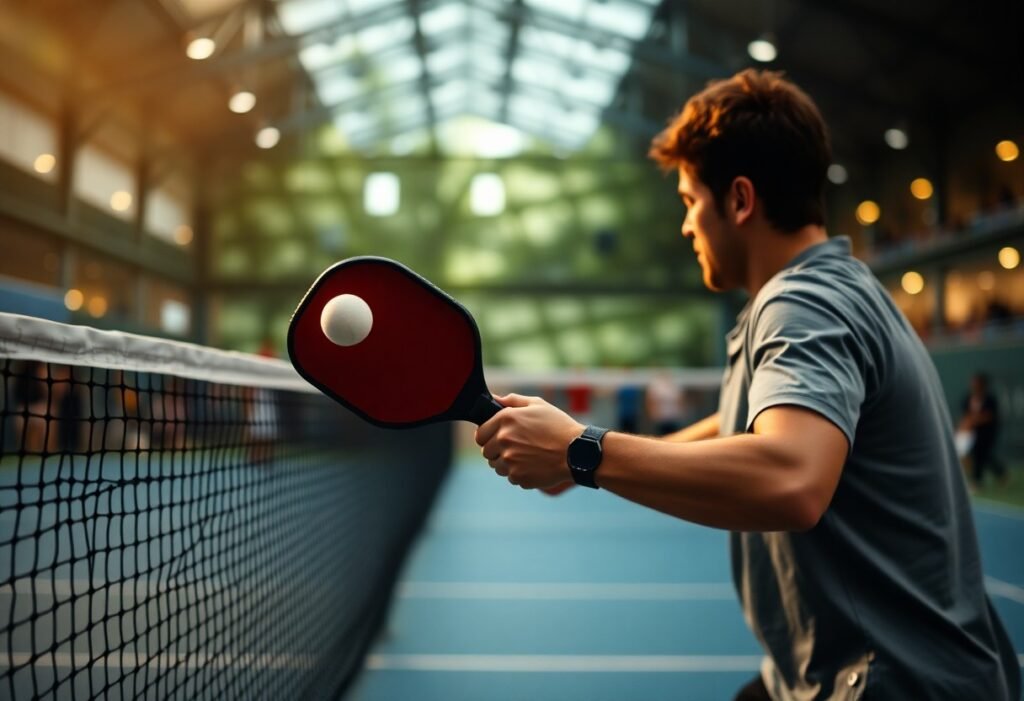Over time, enhancing your pickleball skills is necessary for becoming a competitive player. This guide offers effective solo practice drills that will improve your hand-eye coordination, footwork, and shot accuracy. Utilize your available space efficiently and focus on specific techniques to enhance both your strengths and weaknesses. Each drill is designed to maximize your practice efficiency and ensure you are consistently building confidence in your game, even when you don’t have a partner on the court.
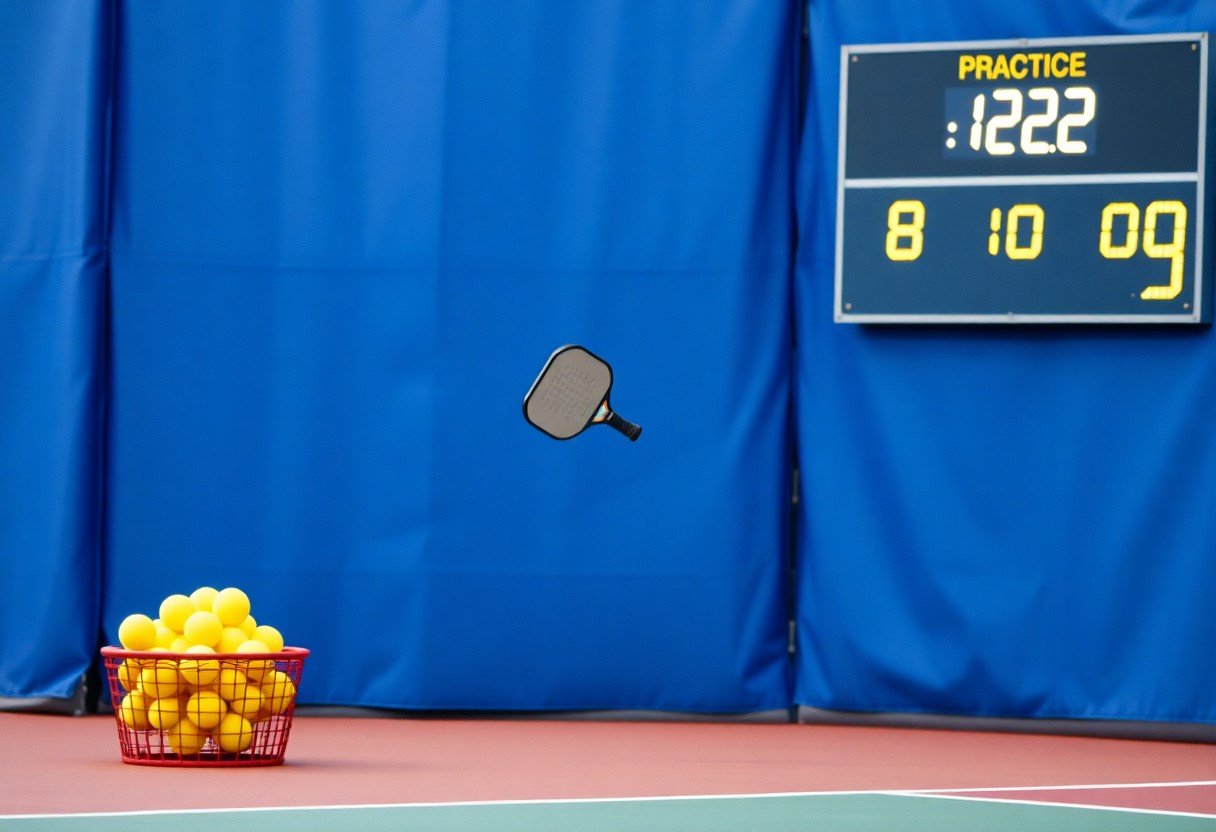
Understanding Pickleball
History of the Game
Pickleball was invented in 1965 by three fathers in Bainbridge Island, Washington, as a way to entertain their children. It combines elements of tennis, badminton, and table tennis, and has grown rapidly in popularity, particularly in North America. By the 1970s, the game gained a following, leading to the establishment of official rules and the first tournaments.
Basic Rules and Regulations
The game is played on a rectangular court divided by a net, using a paddle and a perforated plastic ball. A match can involve either two players (singles) or four players (doubles), and you score points only when serving. Winning is determined by the first player or team to reach 11, 15, or 21 points, depending on the rules of your game.
Understanding the basic rules is imperative for effective practice. You must serve diagonally, and the ball must clear the non-volley zone (also known as the kitchen). When returning serves, both players must allow the ball to bounce once before volleying, known as the two-bounce rule. Additionally, you cannot step into the kitchen while executing a volley, which emphasizes positioning and shot selection during gameplay.
Equipment Needed for Solo Practice
For solo practice, you need a few imperative items, including a pickleball paddle and balls. A portable net can also be beneficial if you want to simulate match conditions. Outdoor courts or even a wall can serve as a suitable practice area to improve your skills.
Investing in a durable pickleball paddle suited for your playing style will enhance your performance during drills. The choice of balls can vary; outdoor balls typically have larger holes and are heavier, while indoor balls are lighter and designed for better action on smoother surfaces. Ensure your practice area is safe and spacious enough to facilitate various drills without interruptions.
Importance of Solo Practice
Building Fundamental Skills
Solo practice allows you to focus on honing your fundamental skills, such as your serve, volley, and groundstrokes. By dedicating time to these basic elements, you can increase your consistency and accuracy, crucial for success in matches. Incorporating specific drills, like target serving and shadow swings, enables you to develop a solid foundation that enhances your overall gameplay.
Enhancing Physical Fitness
Engaging in solo practice significantly improves your physical fitness, which is vital for peak performance in pickleball. As you work on agility, endurance, and strength, you prepare your body for the demands of competitive play. Mixing cardio and strength training during your practice sessions keeps you fit and ready for longer games.
Incorporating drills like ladder exercises or footwork patterns enhances agility, while using resistance bands can build strength. High-intensity interval training (HIIT) can also be a valuable method to boost your endurance. This fitness foundation not only improves your game but also reduces the risk of injury during matches.
Boosting Mental Toughness
Solo practice plays a significant role in boosting your mental toughness, an crucial trait for competitive athletes. When you’re practicing alone, you learn to push through challenges and maintain focus, even during monotonous drills. This self-discipline translates into improved performance under pressure.
By consistently exposing yourself to challenging situations, you train your mind to endure and adapt. Whether it’s perfecting a difficult shot or enduring a lengthy practice schedule, these experiences cultivate resilience and determination, preparing you for high-stakes matches and helping you to remain calm under pressure.
Essential Skills to Focus On
Serving Techniques
Begin your practice by refining your serving techniques. Focus on generating power and accuracy by using a consistent toss and slicing the ball to create spin. Aim for different zones in the service box to improve your placement and challenge yourself. For more insights, check out How Do You Practice Pickleball Alone?.
Dinking Drills
Dinking drills are integral to mastering the soft game. Set up targets at the non-volley zone and work on your touch to consistently land your shots in the desired areas.
To enhance your dinking skills further, practice varying the height and angle of your shots. Use the kitchen line to hone the art of precision, aiming to keep your balls low and within your opponent’s reach. Incorporate footwork drills to improve your positioning as you approach the net, allowing for quicker response times during a match.
Forehand and Backhand Strokes
Your forehand and backhand strokes are fundamental to building a versatile game. Practice these strokes against a wall or a rebounder to work on timing and accuracy.
Focus on foot positioning and follow-through for both strokes, ensuring that your weight shifts correctly as you make contact with the ball. Experiment with different grip styles, such as the Eastern or Western grip, to find the one that feels most comfortable and effective for your playing style. Regular drills will help you react better during rallies.
Volleying Skills
Volleying skills are important for controlling the pace of play during matches. Practice your volleys by standing at the net and hitting the ball back to yourself.
Consider incorporating drills that emphasize quick reflexes and hand-eye coordination. Use a variety of volley types, including forehand and backhand, while focusing on maintaining a compact swing. Engage in target drills to improve placement and control, reducing the chances of sending the ball out of bounds during actual play scenarios.
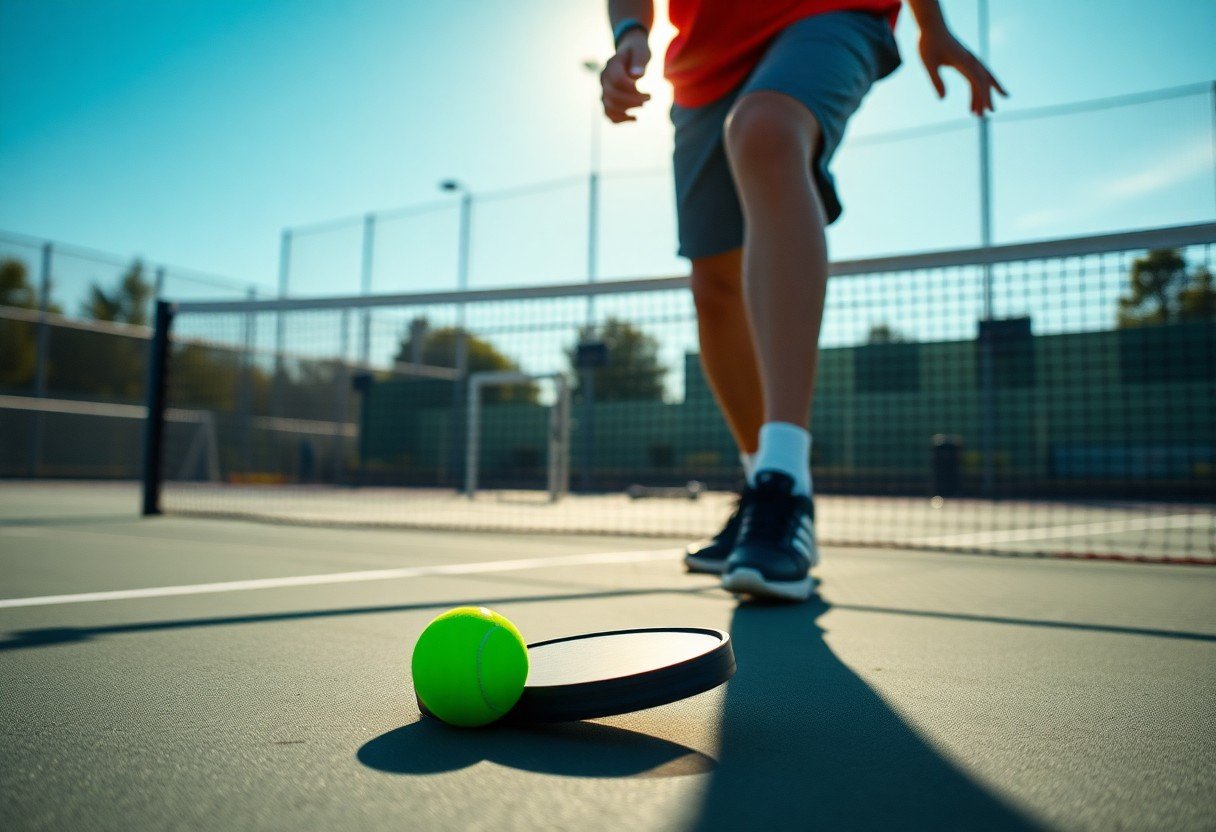
Solo Practice Drills
Wall Ball Drills
Wall ball drills are an excellent way to improve your shot accuracy and consistency. Use a solid wall or backboard and alternate between forehand and backhand strokes. Focus on hitting the ball with varying speeds and angles. A good goal is to sustain a rally of at least 50 hits without letting the ball touch the ground.
Target Practice
Target practice sharpens your precision on the court. Set up cones or markers in various areas of your court, then aim to hit them with your shots. This will help you develop a greater sense of control over where the ball goes, improving your performance during actual games.
Using different targets will challenge you to adjust your shot selection and technique. Try aiming for low targets during serves to practice your precision, while higher targets can help improve your overhand shots. Incorporating a timer can also add an element of urgency to your practice, encouraging rapid decision-making and enhancing your responsiveness during matches.
Footwork and Movement Drills
Footwork and movement drills ensure you maintain agility and positioning. Set up a series of markers or spots on the court to practice lateral and forward movements. Effective footwork allows you to get into the optimal position for hitting the ball.
Consider incorporating side shuffles and backpedals into your routine. Incorporate these movements with quick changes of direction to mimic game scenarios. Practicing these skills can enhance your ability to navigate the court efficiently, preparing you for the dynamic nature of actual matches.
Shadow Drills
Shadow drills can greatly improve your stroke mechanics and footwork without the need for a ball. By mimicking your shots in a fluid motion, you can focus on the proper form and foot placement.
Incorporate a variety of shots such as serves, volleys, and groundstrokes as you move around the court. As you engage in these shadow movements, visualize the ball trajectory and your opponent’s potential response. Regular practice will help engrain correct techniques into your muscle memory, which will translate effectively into your gameplay. Aim for a dedicated time to incorporate these drills into your routine for maximum benefit.

Developing a Practice Routine
Structuring Your Practice Sessions
To enhance your skills effectively, structure your practice sessions into focused segments. Allocate time blocks for specific drills, such as 15 minutes for serves, 20 minutes for groundstrokes, and 15 minutes for volleys. Including warm-up and cooldown periods is crucial to maintain flexibility and prevent injuries. Consider rotating drills each week to keep your sessions fresh and engaging, allowing for targeted improvements across all areas of your game.
Setting Achievable Goals
Establishing measurable, achievable goals can significantly enhance your practice efficiency. Start by identifying specific aspects of your game you want to improve, such as increasing your serve speed or reducing your unforced errors. Break these larger goals into smaller milestones—aim to increase your serve speed by 5 mph or reduce errors by two per practice session.
Setting achievable goals also provides you with tangible benchmarks for success. For instance, if your objective is to improve your backhand consistency, track how many successful shots you make during practice. Celebrate small victories, such as maintaining a streak of 10 successful backhands, as these build confidence and motivate you to tackle more challenging targets. Ultimately, aligning your objectives with realistic timelines helps maintain focus and fosters a sense of accomplishment.
Tracking Progress and Adjusting Drills
Consistent tracking of your progress allows for informed adjustments to your practice drills. Keep a journal or use an app to log your daily sessions, noting the drills performed, time spent, and outcomes achieved. This data helps you identify patterns, such as areas needing more attention or areas where you excel. As you progress, adapt your drills to challenge yourself or to focus on weaknesses, ensuring continued growth.
Adjusting drills based on your progress can elevate your game to new heights. If you notice that your serve accuracy is improving but your footwork is lagging, allocate more time to agility drills. Alternatively, if a particular drill is yielding consistent results, consider increasing its intensity or complexity to maintain your development trajectory. This dynamic approach to practice helps you stay engaged and focused on your improvement journey.
Resources for Improvement
Online Tutorials and Videos
Utilize online platforms like YouTube or dedicated sports websites to find a vast collection of tutorials and instructional videos. These resources offer visual demonstrations of techniques, drills, and strategy, making it easier for you to grasp complex concepts. Watching expert players can help you refine your strokes and learn new skills at your own pace.
Books and Guides
Consider investing in books and guides dedicated to pickleball that cover everything from basic techniques to advanced strategies. These publications frequently include step-by-step drills and insights from seasoned players, providing you with comprehensive knowledge that can enhance your game.
Books such as “The Art of Pickleball” and “Pickleball Fundamentals” include various drills tailored for different skill levels. They often break down techniques with illustrations and tips, allowing for self-paced learning and practice. Engaging with written material can help you develop a strategic mindset and deepen your understanding of the game.
Local Clubs and Community Resources
Check for local pickleball clubs or community centers that may offer practice sessions or workshops. These venues not only provide access to courts but also opportunities to meet fellow enthusiasts and learn from each other’s experiences. Engaging with a community can boost your motivation and accountability in your practice routine.
Many local clubs organize clinics and friendly matches, which can enhance your skills through live play and observations. By becoming a member, you might also gain access to exclusive resources such as coaching sessions and group drills tailored for individual players. Seek out clubs in your area to maximize your learning potential and enjoy the social aspect of the sport.
Summing up
To wrap up, incorporating solo practice drills into your pickleball routine can significantly enhance your skills. By focusing on key areas such as serving, footwork, and shot accuracy, you can elevate your gameplay even when training alone. Utilize tools like a wall or rebounder to maximize your practice sessions. Consistency in these drills will lead to noticeable improvements in your overall performance, making you a more confident and effective player on the court.



